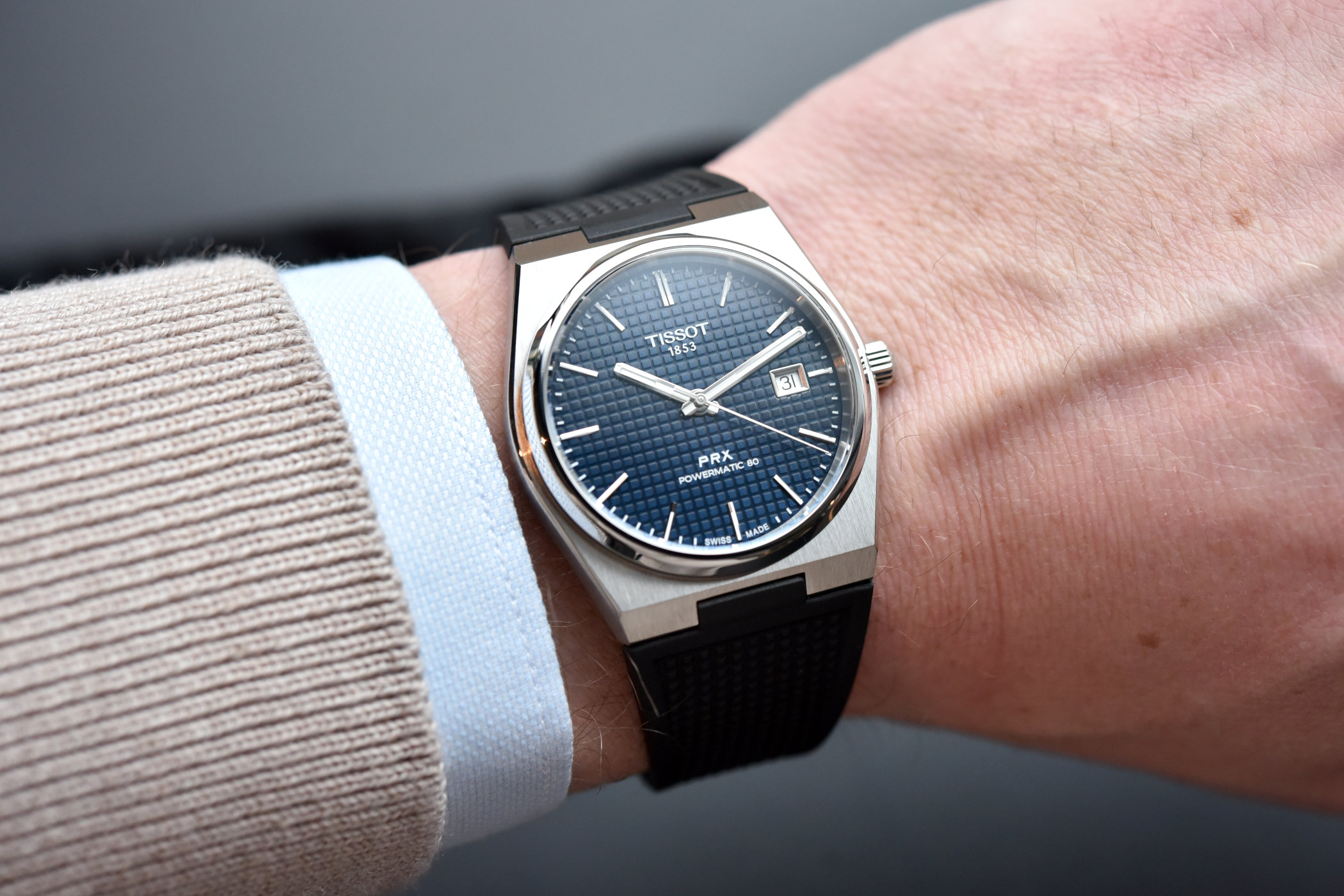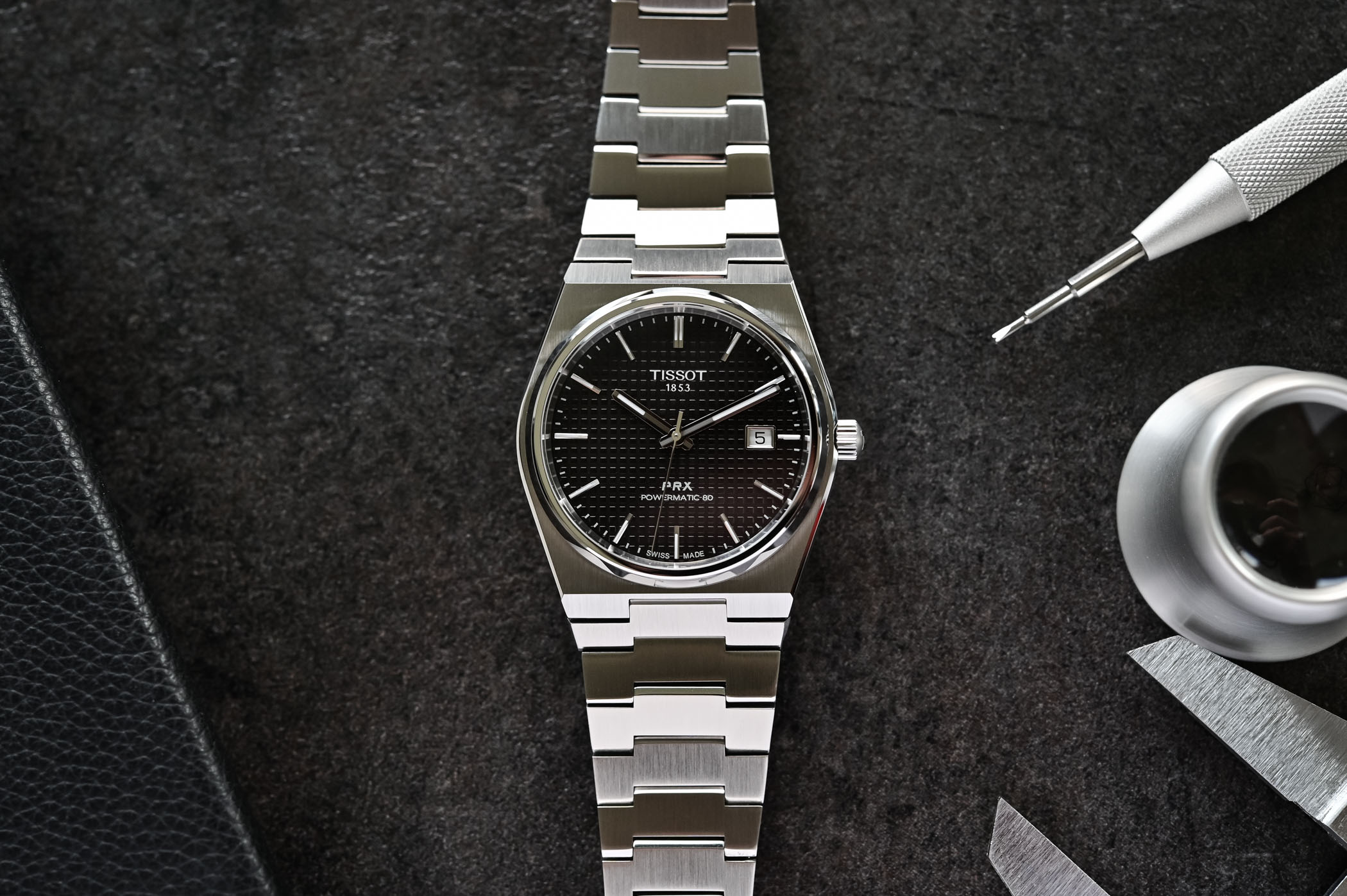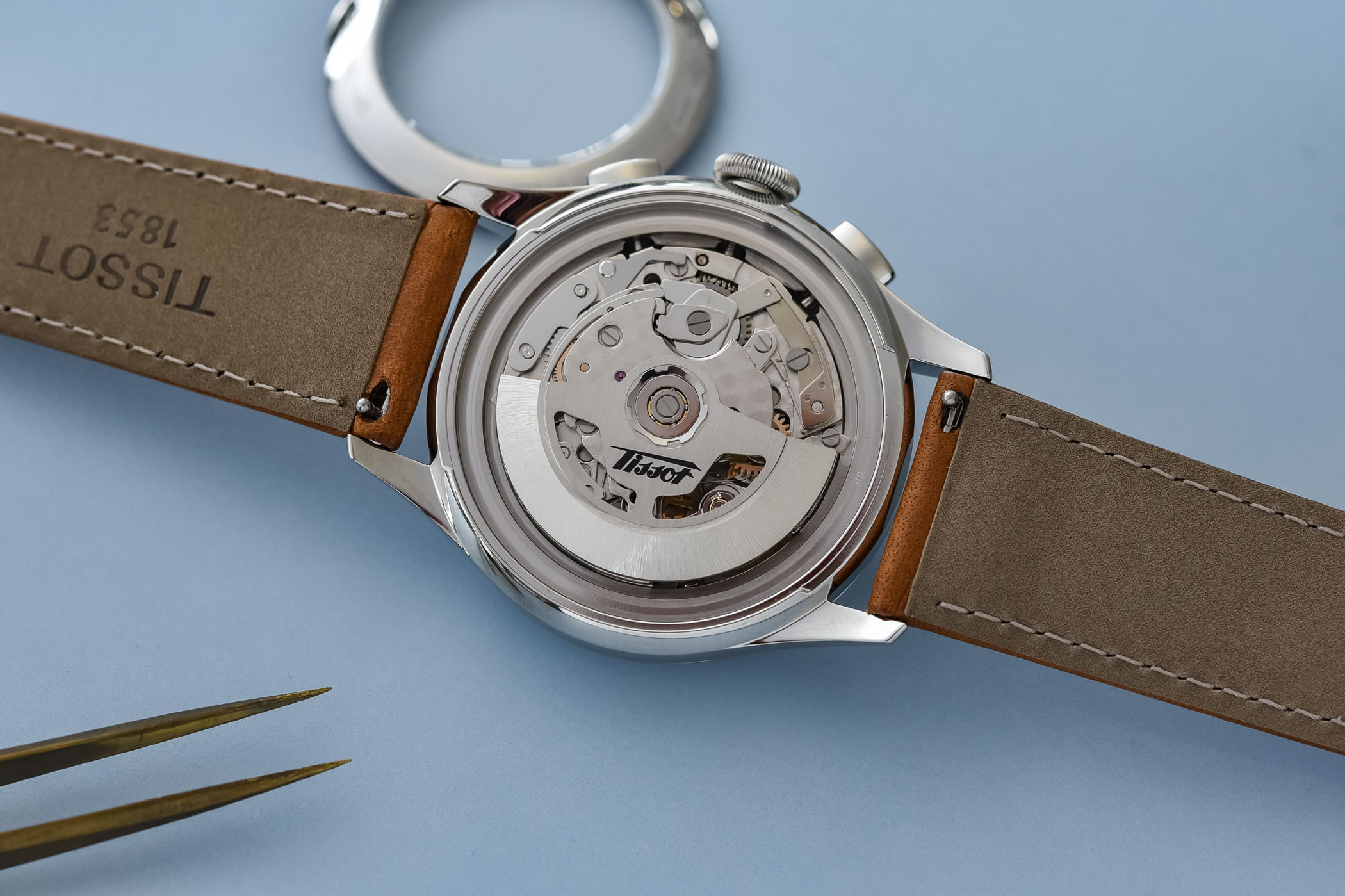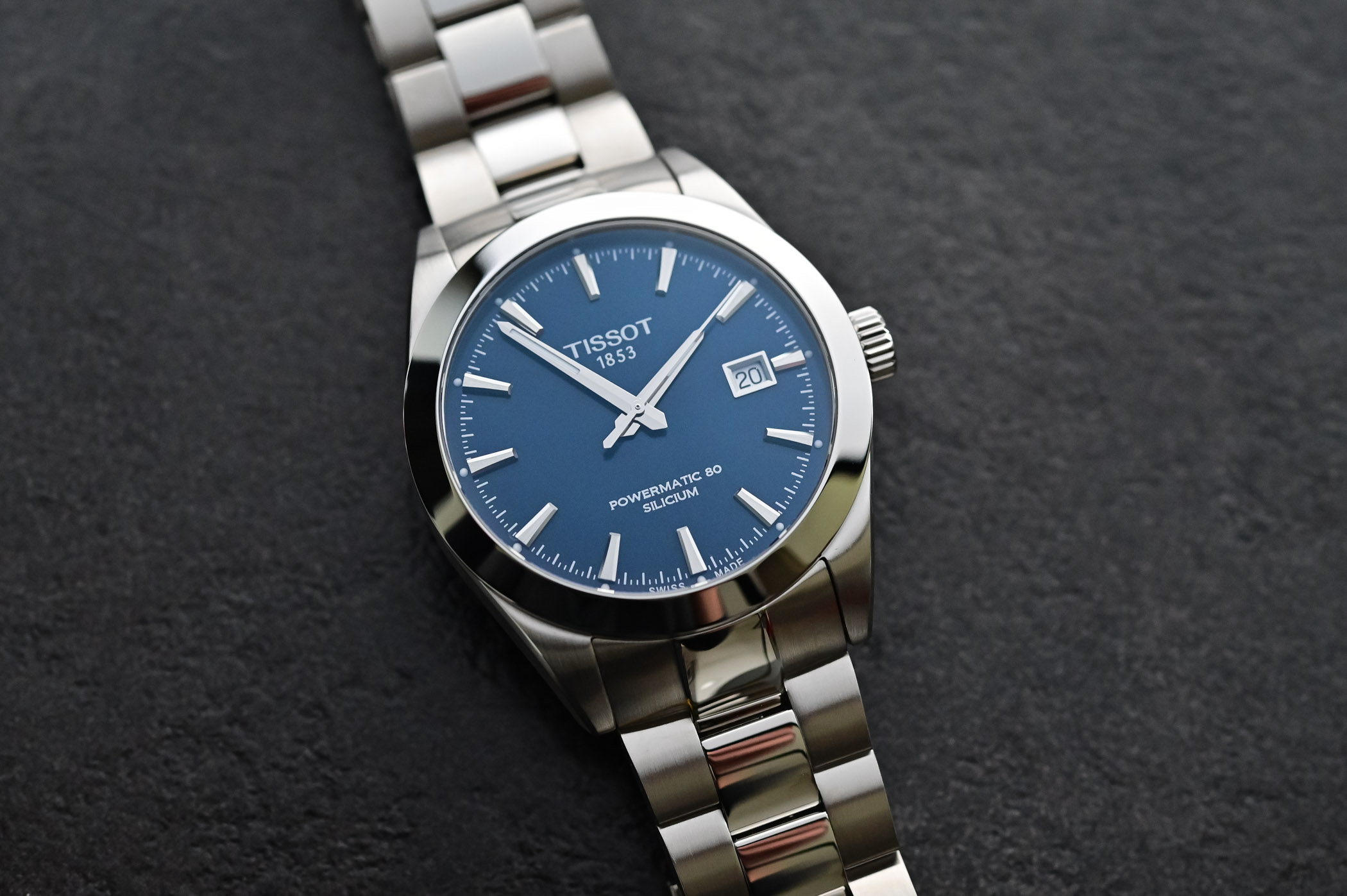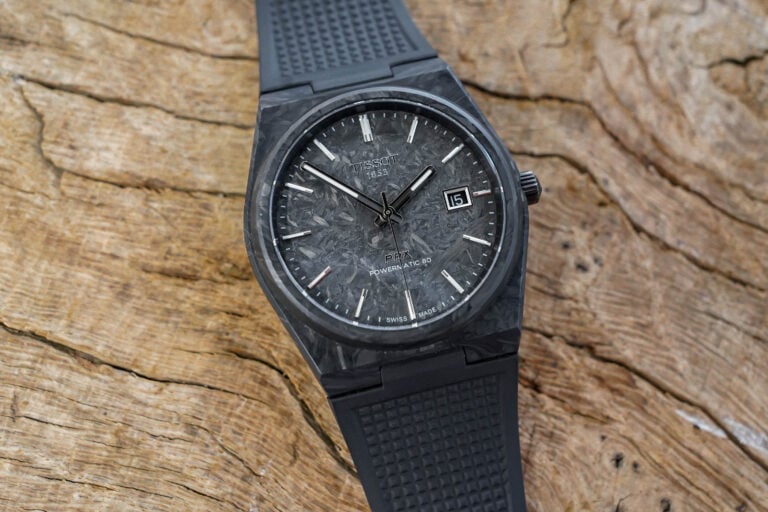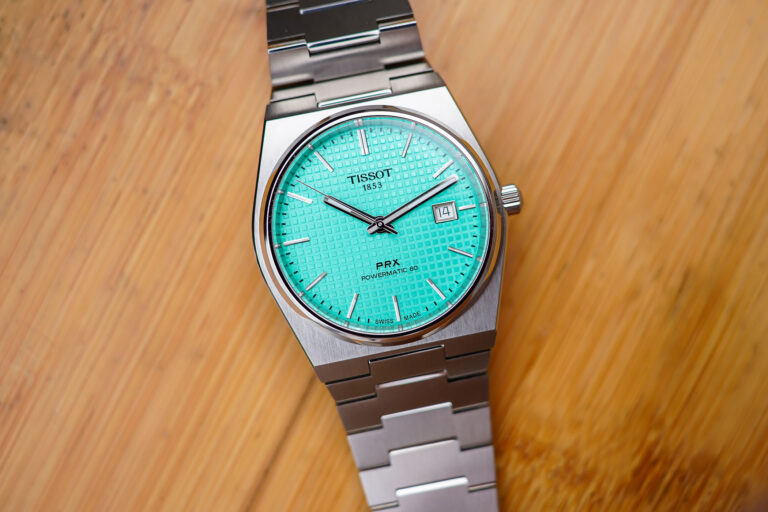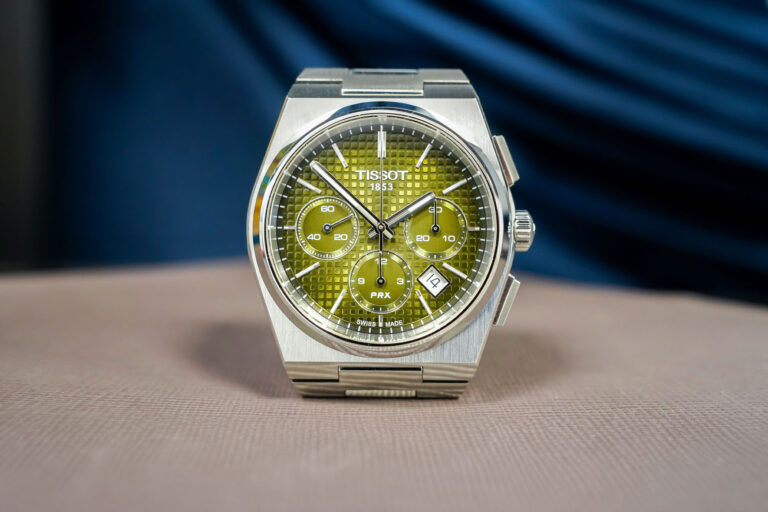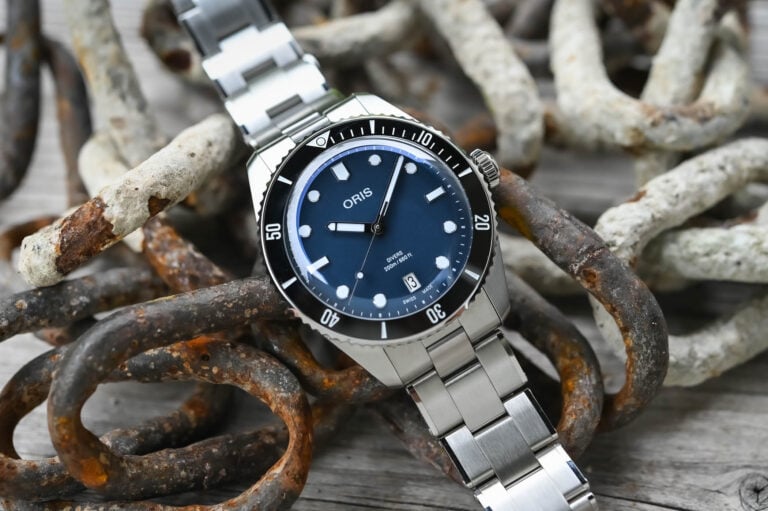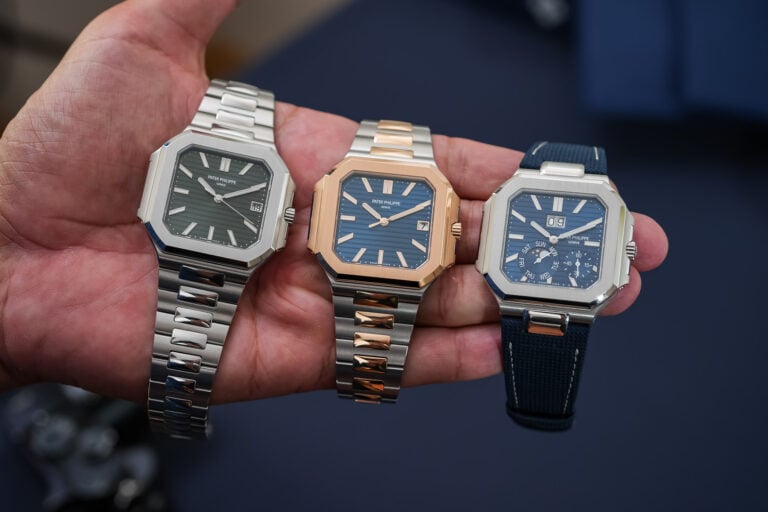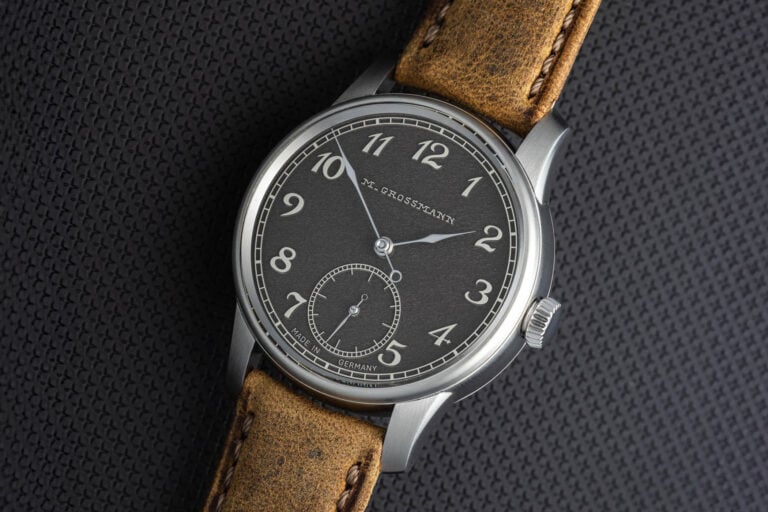Tissot
Swiss Watchmaker, Part of the Swatch Group

Founded in 1853 by Charles Félicien Tissot and his son Charles-Émile Tissot in Le Locle, Switzerland, Tissot is among the oldest of current watchmakers. The brand had partnered with Omega following a global financial crisis in 1929 and the merging of the two was initially managed by Paul Tissot-Draguett (a Tissot veteran and Omega CEO as of 1930). The partnership formed the SSIH (Société Suisse pour l'Industrie Horlogère) in 1930 and included Lemania and A. Lugrin Co by 1932. This was among the first associations of its kind, predating conglomerates like the Swatch Group by several decades. Tissot has always been a mid-range, affordable brand and its mottos are “Gold value at silver price” and “Innovators by tradition.” More than 4 million Tissot watches are exported annually, making the brand one of the largest watchmakers by volume in Switzerland.
Tissot is now a subsidiary of the Swatch Group with its headquarters still in Le Locle. The watchmaker has many innovations and firsts under its belt that continue to reverberate today. In 1853, Tissot introduced the first mass-produced pocket watch, increasing accessibility with volume while decreasing prices. The brand also introduced the first pocket watch with dual time zones that year. Tissot is among the relatively few watchmakers today to include a collection of pocket watches in its portfolio. In 1929, it launched the first anti-magnetic pocket watch and was among the first to introduce antimagnetic wristwatches in the early 1930s. The watchmaker also innovated with materials, being the first to produce a plastic watch in 1971 and a wooden watch in 1988. In 1985, Tissot even made watches from Alpine granite, known as the RockWatch.
One of the most popular collections today is the PRX (introduced in 2021), which are integrated sports watches with both automatic and quartz movements. A digital variant was even introduced in 2023. Based on its sports watch from 1978, the quartz Seastar (following the new craze with Audemars Piguet’s 1972 Royal Oak). The PRX collection comes in several sizes with plenty of dial colours and variants include the Powermatic 80 automatics (with 80-hour power reserves) and traditional (to the 1978 original) quartz counterparts. They’re available as three-hand, chronograph and digital models. The PRX arguably represents the most popular, accessible Swiss integrated sports watches today.
In 1999, Tissot introduced the innovative T-Touch with a touch-sensitive sapphire crystal allowing users to control a compass, altimeter, barometer and thermometer. This predates modern smartwatches from Samsung and Apple by 15 years or more and Tissot is the first watchmaker to adopt touchscreen technology. The dials are a mix of traditional hands and a digital LCD display, and you touch areas of the screen where functions are printed on the dial. For example, touch the compass area at 6 o’clock and the hour/minute hands line up and become an active compass needle, while the actual degrees are shown on the LCD screen. Touching the centre of the crystal shuffles LCD functions as well. By 2014, the T-Touch Expert Solar had 25 independent functions and was solar-powered, which is now standard on the collection today. High-end materials are also used, including titanium, ceramic bezels and sapphire crystals. T-Touch models have even appeared in several blockbuster movies like Lara Croft Tomb Raider, Mr. & Mrs. Smith and Mission Impossible – Rogue Nation.
There are ten main collections in Tissot’s portfolio today, including Chemin Des Tourelles (named after the street where the factory was established in 1907), Sideral, Seastar (divers), T-Touch, Gentleman, PRX, Superport, Chrono XL, T-Race and Le Locle. T-Pocket is an additional collection of pocket watches. Among these are sub-categories such as Heritage, Classic and Sport, and most lines include mechanical or quartz options.
Tissot is comparable to brands like Hamilton, Rado and Mido, also mid-range brands within the Swatch Group, and are ubiquitous worldwide. The watchmaker has also been the official timekeeper for major sports, including MotoGP, the National Basketball Association (NBA), the International Basketball Federation (FIBA), the International Ice Hockey Federation and the 2022 World Games. For over 170 years, Tissot has been an uninterrupted Swiss watchmaker and remains among the most popular accessible brands today.

